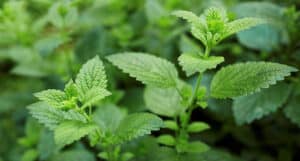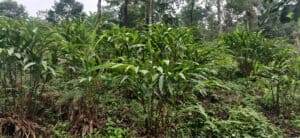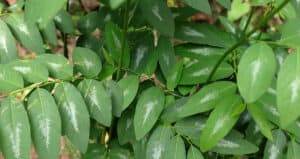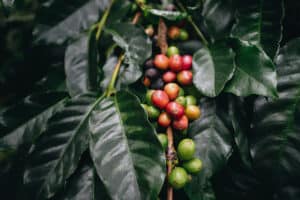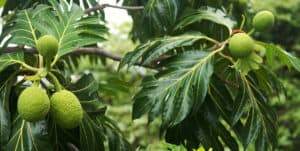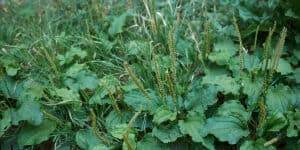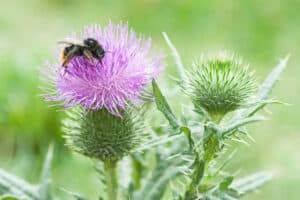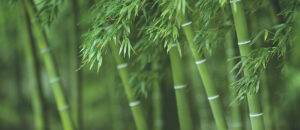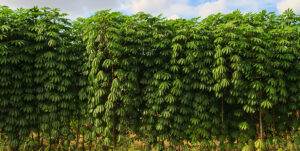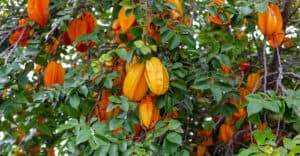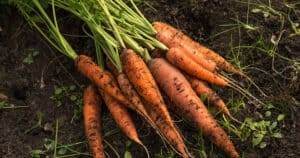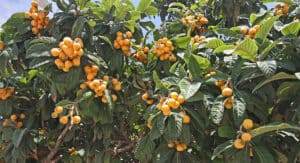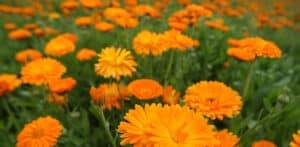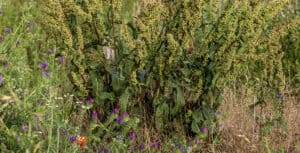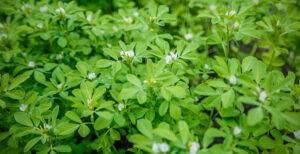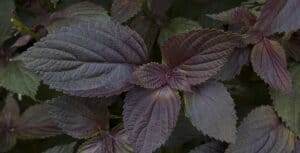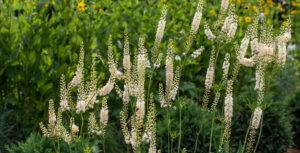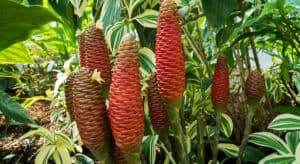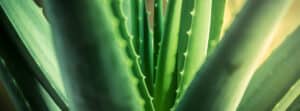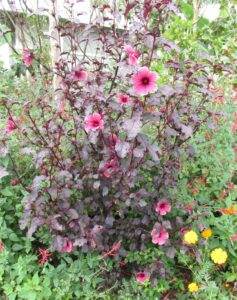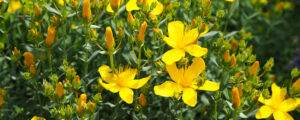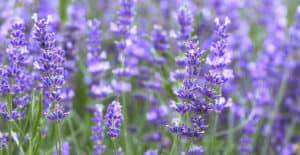Clitoria Ternatea; Beyond Blue Hues
Have you ever come across these electric blue blooms?
If you have been around tropical Asia and South America, chances are that you might have passed them a couple of times. This is Clitoria ternatea, also known as Butterfly Pea, Blue Pea, or Asian pigeonwings. We call it Aparajita in our mother tongue i.e Marathi. It can be found worldwide, especially in temperate and tropical areas.
Across India, these blooms are common in both wild and cultivated spaces like kitchen gardens, hedges and living fences, urban gardens and more.
It is traditionally known for its vibrant blue color and has been used for ages as a medicine and natural food coloring agent and is well known for its ability to soothe the nerves with the calming and cooling effect and the diverse dye properties.
It is caffeine-free and thus an excellent alternative for health-conscious tea lovers!
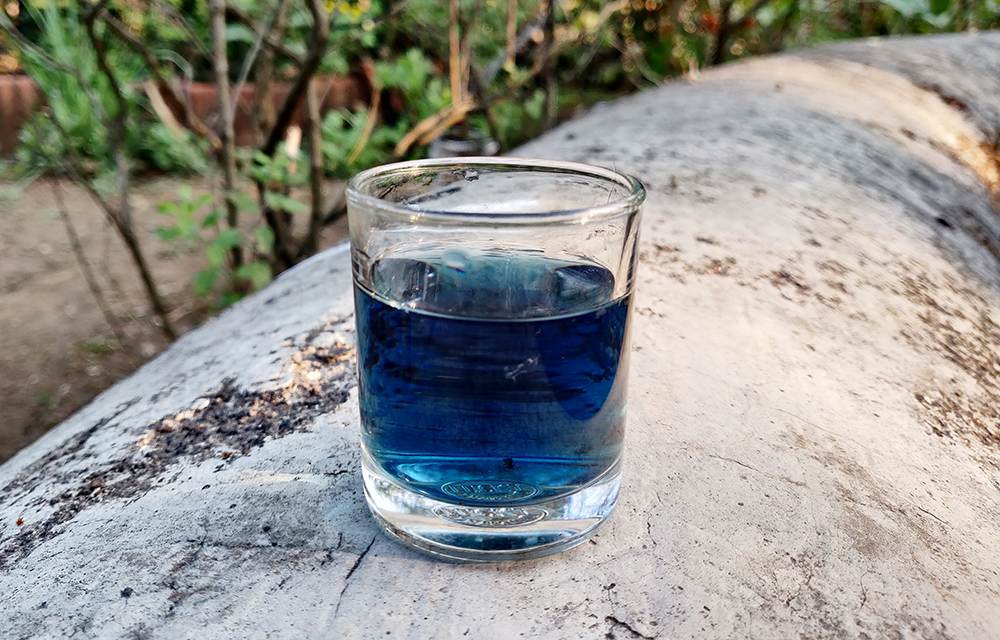
The flower dye is gorgeous blue in color and can be treated to create new shades, like when you add lemon to, the color turns violet!
As of today, due to the uprising trends of herbal teas and natural dye, it is gaining global popularity and some restaurant chains are also actively including it as a part of their exotic or color themed menu and cocktails. It is a botanical used in gin as well.
It is a perennial evergreen herbaceous vine from the beans family (Fabaceae). It can grow up to several feets high based on support and sunlight growing into a thick foliage, however it will crawl on ground if left without any support.

It has pinnate compound leaves, the leaflets are broad at the base and taper into a pointed shape towards the end.
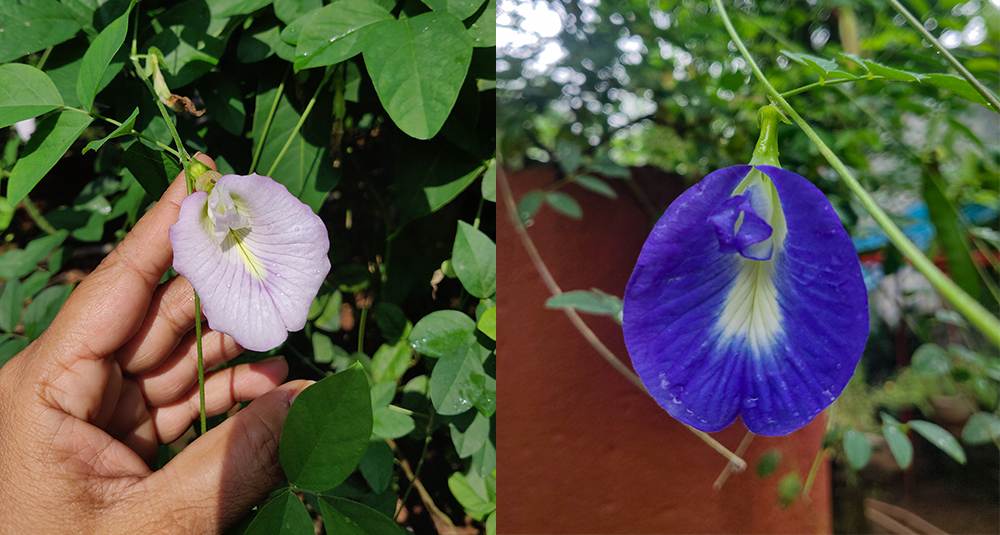
The flowers are 1.5 to 2 inches long, mostly blue in color, sometimes different shades like pink, white, dark blue, or a mix of two colors. At times, multilayer as well. They are funnel-shaped and appear like female genitals, thus the name Clitoria.

The seed pods look exactly like tender green pea pods when tender and green, however, they are larger and pointed at the ends with comparatively smaller peas inside.
When dry, they pop open, twist a bit, and shrivel quickly to drop the seeds.
Regenerative Perks of Growing Butterfly Pea
It is gaining popularity in the regenerative community for its stacking functions and is appreciated for its tolerance to survive droughts (mature plants) and diverse soil profiles.
Nitrogen Fixing
Being a leguminous plant, it is a great companion for your existing vegetation as it helps improve the fertility and productivity of soils by fixing atmospheric nitrogen into the soil. It’s done by forming symbiotic relationships with the rhizobium bacteria, which help convert the stable nitrogen gas in the atmosphere into a biologically available form.
It can be planted for biomass or as ground cover and later tilled into soils if needed.
Beneficial Insects Attractor
The flowers attract many insects, including bees and butterflies throughout the year.
Living Fences and Hedges

The foliage is dense and thus is interplanted with other fencing plants that support the vines to crawl. It helps give density to fences and it acts as a privacy hedge as well.
The blue blooms are the cherries on the top!
Permanent Members of Regenerative Landscapes
The vines are perennials and propagate around the established plant via seeds each year, leading to propagation without human intervention.
The living fences as such, have their own microclimate zones, and the dense foliage helps regenerate soils around as the old leaves are continually replaced by new ones.
Fodder
Being a leguminous crop, the leaves are a great source of fodder and being a perennial climber, the fodder supply can be pretty persistent when the tender new growths are harvested periodically.
They are mixed with other fodder periodically, especially for goats.
Shade Providers
The vines do great when channeled through a trellis and help create shade. They grow vigorously on sunny sides and thus can be easily channeled for creating a living shade or privacy curtain.

Natural Dye
The flowers have been a source of blue food coloring and are now being experimented with for other purposes as well due to the increasing environmental awareness of the health hazards of synthetic dyes.
A quick example is the flower tea added to fermented batter for making purple color idli and dosas. It is used as a food color for sourdough sandwich bread and in hydrangea jelly. For egg decor, one can boil and leave some eggs overnight in the tea to get purple-coloured eggs!
The flowers are great for making floral rangolis and decorations or flower arrangements as well. I love combining them with other flowers, seeds and more from the farm to simply capture and admire the diverse colours and patterns.
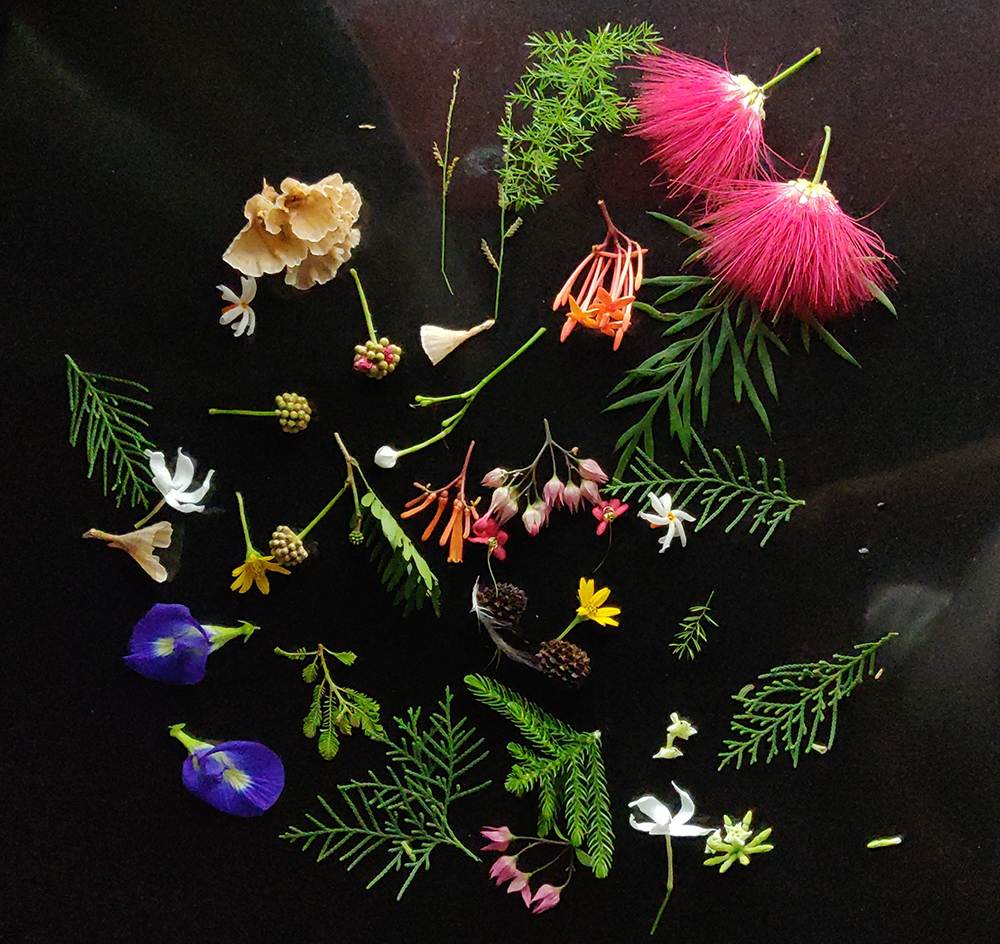
It’s a great way to get inspired, meditate, or help children learn about diversity, colors, and patterns.
Growing & Caring For Butterfly Pea
It’s an easy-to-grow one and is a low-maintenance one in tropical and subtropical environments across the globe. However, it will need care and microclimate creation when grown in temperate zones.
You can choose the variety of your choice depending on color and layers.
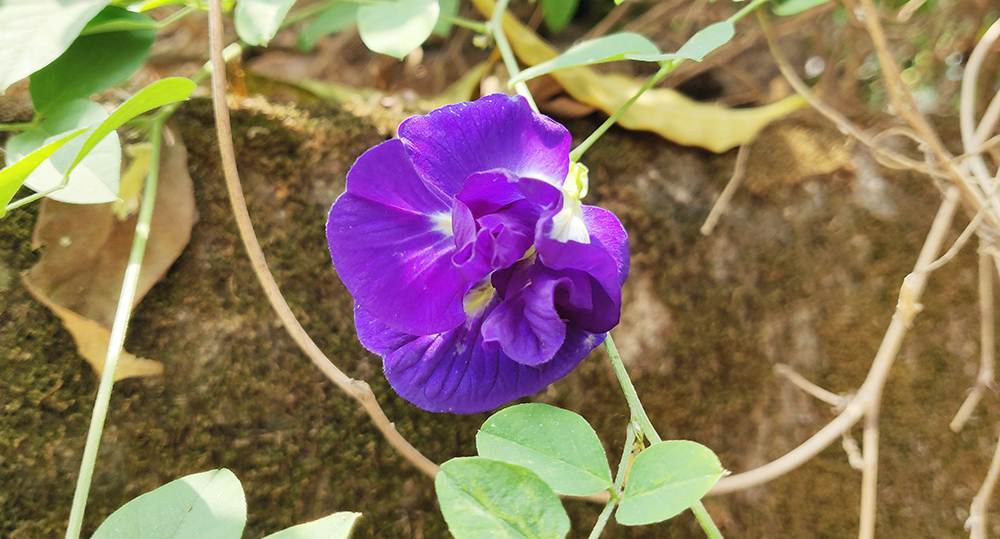
Propagation
For propagating from seeds, soak them in water for 3-4 hours.
Plant them in a well-draining and moist potting mix at around 2 to 3 cm depth and 15 to 20 cm apart (if sowed in the same container or bed)
They generally take one to two weeks to germinate in a tropical climate. It can take longer based on the temperature and humidity. If you are growing in a controlled environment, maintain the temperature between 25 to 30°C during the germination period.
Post germination, they can be sown directly in garden beds or transplanted in the ground once they reach a height of 5 to 7 cm.
The best spots are near the fence, wall, or trellis in a sunny spot. Partial shade works as well.
You have to wait for around 3 to 4 months, depending on your climate zone, to harvest the first flower. The flowering is initially slow however the number goes up post-first season.
Caring for Butterfly Pea
The plant usually grows just fine on its own without daily human intervention and flourishes in temperatures above 27°C. Thus, butterfly pea can be a good addition to your permaculture zone 3, 4, or even 5 if the soils are fertile.
The vines will keep crawling towards the sun and over support and thus might need maintenance if they take over unwanted areas.
The growth is denser in sunnier sides. The plant can tolerate partial shade however needs a minimum of 4 hours of sun.
Even though it can tolerate poor and degraded soils, it flourishes in well-draining soils. It is prone to root rot in cases of over-watering or waterlogged zones.
The plant is susceptible to frost damage. If your plant appears to be damaged, move it indoors and wait for new growth to appear before discarding it as the plant can recover from frost damage most of the time if moved in within a week.
Adding some compost periodically helps obtain better yield and healthier foliage.
Harvesting & Storing Flowers
The flowers can be harvested once they bloom. They can be consumed directly in the form of tea and toppings or shade-dried and stored in airtight containers.
Pluck them by holding the petals firmly and gently pulling them as you hold the vine with your other hand.

You can catch and store your supply for upcoming months or share it with the community when in abundance. It is even powdered and stored, or the flowers are simply dried and stored in airtight containers.
Flower Harvesting Tip: You must keep an eye on the buds as the flowers bloom at their best for a day or so. You can either pluck them when they bloom or a couple of days later when they shrivel as well as it will help in forming seed pods.
Or simply leave the best ones on the vine for seeds!
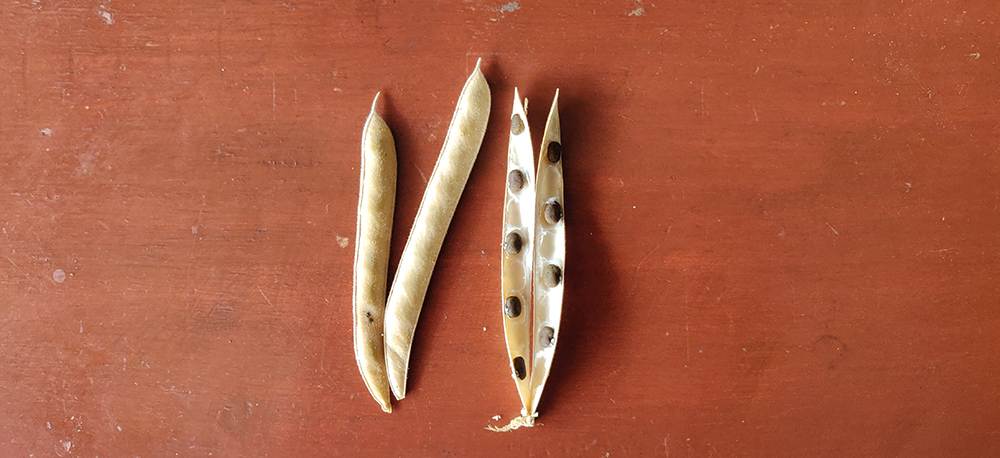
For harvesting seeds, keep an eye as they dry as they shrivel to spill the seeds pretty quickly.
You can store the seeds in an airtight container.
Making a Medicinal Butterfly Pea Tea
The flowers are known for high anthocyanin compounds called ternatins as well as vitamins A, C, and E and are loaded with antioxidants.
We have been including the flowers, fruits, and leaves of the flower into our diet however, the usage of fruits and leaves has been low as we are not a fan of the taste. The flowers, on the other hand, are a favorite!
If you are someone from a city and crave to grow your own exotic-looking herbs for brewing a cup of tea, butterfly pea can be your go-to plant!
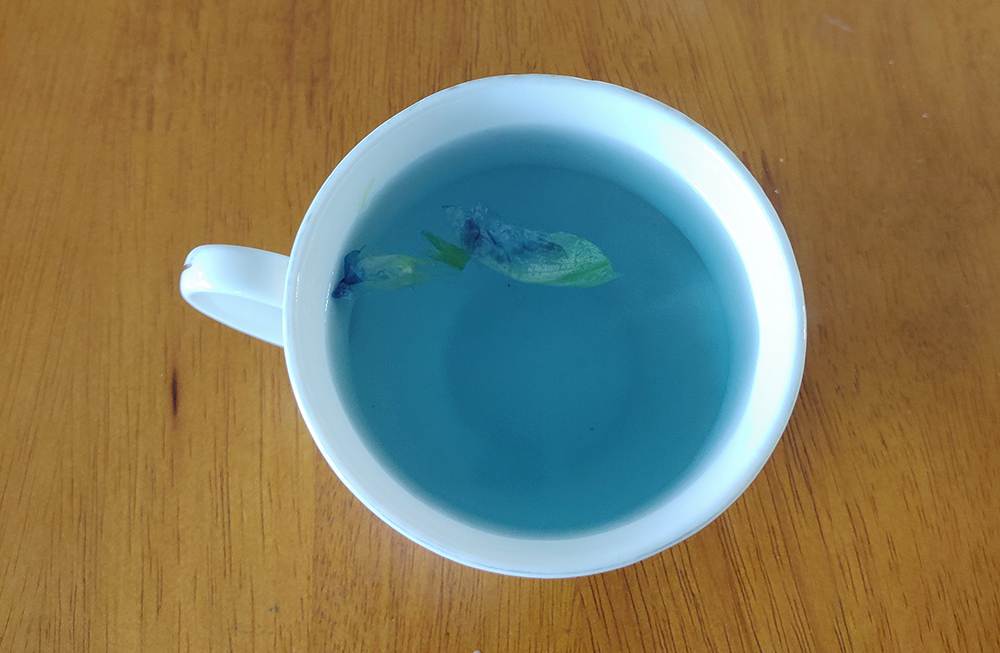
Quick Blue Tea Recipe: For one or two flowers, boil a cup full of water, turn off the flame, remove the calyx and add the petals.

Now simply watch the petals leave beautiful traces of blue in the water. It feels therapeutic to just look at it.
Remove the flowers once they turn translucent. You can have it just like this, the taste is very mild and woody or earthy i’ll say so you can add other base, fruits or herbs and spices of your choice.
You can add a spoonful of honey and have it as a warm or cold iced tea.
The tea changes its color from blue to violet when you add a few drops of lemon or add it to lemonade. The color changes as the pH balance level is changed.
You can use it as a coloring agent for punch, ice teas, and mocktails or simply as a garnish on top of your dishes!
The flowers are also made into bhajiyas or pakoras, which is a deep-fried dish made by dipping them in batter and frying them individually.
Interesting Fact: The tender raw pods look like green peas and can be harvested at this stage before they turn hardy and dry peas when tender. They even taste similar to green peas however do have an earthy taste.
Apart from culinary usage, parts of butterfly pea climbers are used in traditional medicine to improve memory and brain function, and it is also used to enhance memory or other cognitive functions.
It is also used for treating constipation, insomnia, urinary tract ailments and skin diseases.
The flower extract is used to treat eye inflammation.
Concluding Thoughts
Well, these ternatins rich blue hues add not only colors but flavors to your gardens along with helping build soils. It’s easy to maintain and propagate, making it accessible and affordable for diverse income groups, especially small-scale farmers looking to incorporate diversity.
They are good alternatives for creating privacy curtains in cities for cooling effects and beautification.
On top of which, you can literally wake up to a cup of blue-colored herbal tea on a cold morning or relax with a purple color beverage on a sunny day!

